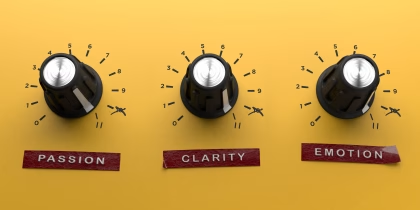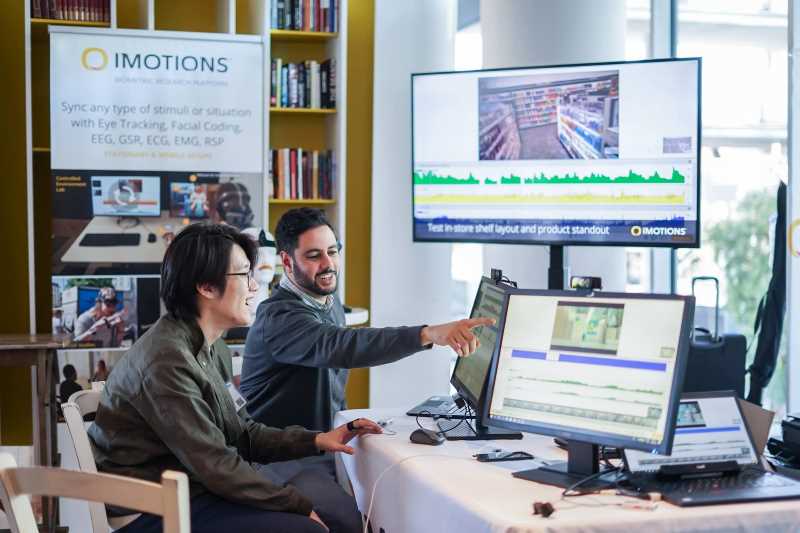Abstract: Consumers often use a product’s visual design as a mental shortcut to judge its unobservable attributes. Mental associations between visual design and unobservable attributes aid consumers in their judgments, and hypothetically reduce consumers’ mental load. This paper describes a study that shows the possibility of quickly creating an association in subjects’ minds between a holistic visual cue of a product–its body shape–and the general idea of “environmentally friendly” versus “not environmentally friendly,” a typically unobservable attribute. In this study, products’ actual environmental friendliness was not measured. Subjects completed an association-building task, which allowed them to learn predetermined associations between a product’s visual cues and its “environmental friendliness” rating, an arbitrarily predetermined rating the authors supplied. The body shape was successfully used as a cue to subliminally communicate to subjects the product’s “environmental friendliness.” As a comparison, an individual feature of the product was also used to cue; however, that was unsuccessful. An eye-tracking device was used to identify where subjects were focusing their eyes and for how long. In both the association-building task and a testing task that followed, subjects spent a greater percentage of time looking at the product’s cued areas (the body and the selected feature). But during the testing task, subjects spent an even higher percentage of their time looking at the cued areas than they did during the association-building task. This indicates that mental associations, or cues, work to distribute mental load more efficiently.
Related Posts
-

Why Dial Testing Alone Isn’t Enough in Media Testing — How to Build on It for Better Results
Consumer Insights
-

Tracking Emotional Engagement in Audience Measurement is Critical for Industry Success
Consumer Insights
-

How Real-Time Audience Intelligence Is Revolutionizing Modern Advertising
Consumer Insights
-

The Uncanny Valley And Designing Trust in Human-Robot Interaction
Academia



